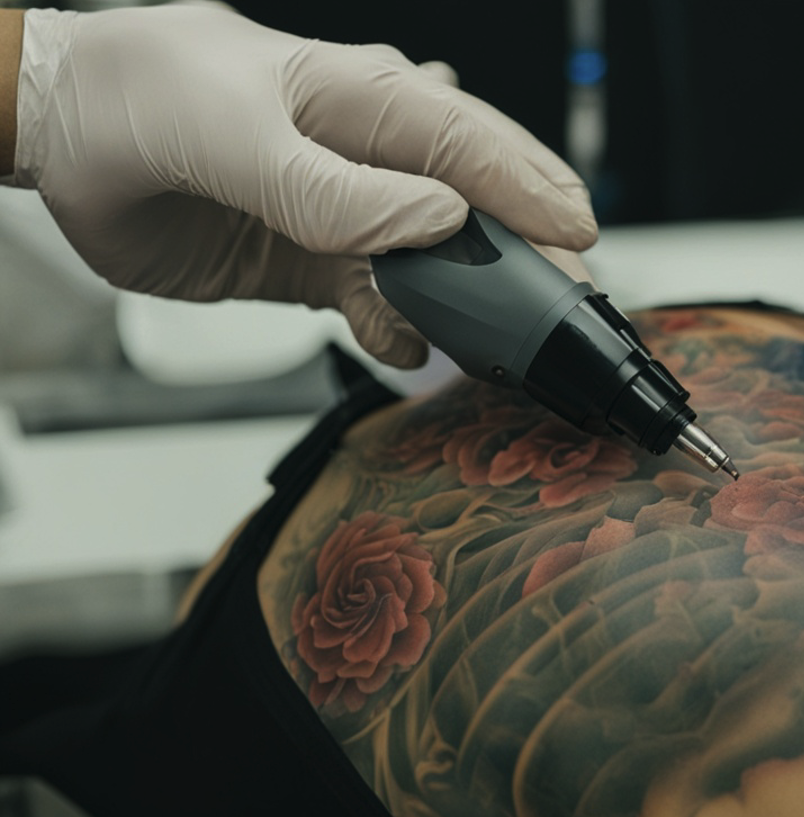Removing a tattoo is complex and has many factors that affect its success. It's key to know these elements before starting the process. This article will cover tattoo removal methods, the science of laser removal, and what makes the treatment successful.

Tattoos have grown in popularity as a way to express oneself creatively. Yet, as tastes and lifestyles change, some might want to remove their tattoos. Understanding the Camarillo tattoo removal process and its challenges is vital before deciding.
If you're thinking about removing a tattoo for personal, professional, or aesthetic reasons, this article is for you. It aims to give you the insights you need to make a well-informed choice and understand what to expect from the results.
Tattoo removal is a complex process. People thinking about it should know the different techniques. The most common method is laser tattoo removal, followed by chemical peels and surgical excision. Laser tattoo removal is the top choice and works best.
Laser tattoo removal is key, but knowing other methods is also important:
Laser Tattoo Removal: This method uses targeted light energy to break down the ink particles in the skin. The body then removes them naturally over time.
Chemical Peels: These treatments peel away the skin's outer layers. This can fade or remove the tattoo.
Surgical Excision: This method involves surgically removing the tattooed skin and stitching the rest back together.
Laser tattoo removal is the most common and effective method. It delivers short, powerful pulses of light to the tattoo ink in the skin. This energy shatters the ink particles, making them small enough for the body to remove naturally over several sessions.
The success of laser tattoo removal depends on the ink type, tattoo location, and skin type. It's crucial to get a professional consultation. This ensures the best approach and outcome.
Understanding what makes successful tattoo removal is key. The size and age of the tattoo, along with skin type, affect the outcome. Each factor plays a big role in how well the procedure works.
The tattoo removal success rate depends a lot on the size and depth of the tattoo. Bigger and deeper tattoos are harder to remove and might need more treatments. The color of the ink matters too, with greens and blues being harder to get rid of.
How long the tattoo is old is another key factor. Tattoos less than a year old work better with removal treatments. This is because the ink hasn't settled deep into the skin yet.
The individual's skin type and tone are also vital. Darker skin may need special treatment to avoid issues like uneven skin color.
The number of treatments needed greatly affects tattoo removal success. Some tattoos and people might need more sessions to get the ink removed fully.
For the best chance at removing a tattoo, find a skilled specialist. They can assess your situation and plan the best treatment for you. Make sure to look them up on a people search site by typing their full name (e.g., Pedro Tovar) to verify their credentials and ensure they're a legitimate professional.
This article has covered the main points about tattoo removal success. It talked about different removal techniques and the laser process. It also looked at what can affect the results.
Working with a skilled tattoo removal specialist is key for the best results. These experts know how to handle the complex process. They make sure the treatment fits your skin and tattoo.
If you want to remove a tattoo or update your look, this article has given you important advice. Understanding the challenges and what to expect helps you start with clear goals. You can move forward with confidence.